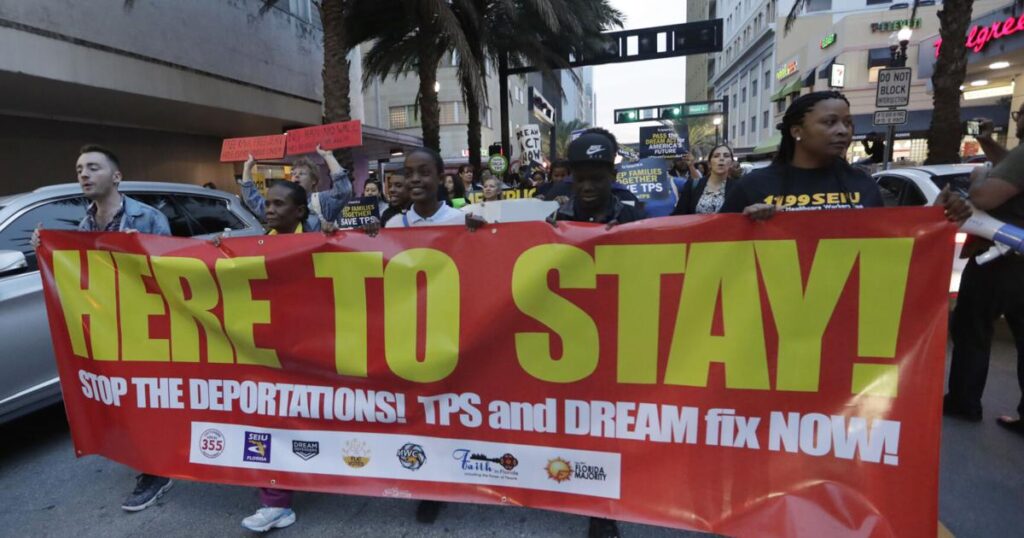Not one president has been able to solve the immigration crisis to the satisfaction of all the American people. To prove a point, let’s take a look back at how immigration laws have evolved over the decades.
### 1970s Immigration Laws
Although the Immigration and Nationality Act was enacted in 1965, its effects were not fully felt until the 1970s. During this decade, immigration laws shifted away from considering the national origin of applicants as the primary factor. Instead, priority was given to people with advanced job skills or those willing to fill menial jobs that most Americans did not want.
This change eliminated the previous national origin quotas that favored Europeans. Applicants with family ties in the United States were also given preferential consideration, meaning a family member here could sponsor another family member’s application. This led to the largest increase in immigration from both Asia and Latin America since the 1920s.
According to Pew Research statistics, about 5 million immigrants entered the country during this period. In 1978, the law established a single worldwide annual ceiling of 290,000 visas, excluding immediate relatives of U.S. citizens.
### 1980s Immigration Laws
The 1980s saw a shift in focus towards increased border control, sanctioning employers who hired undocumented workers, and providing a pathway for undocumented immigrants to legalize their status.
The Immigration Reform and Control Act (IRCA) of 1986 was a key legislative development. This law imposed civil and criminal penalties on employers who knowingly hired, recruited, or collected referral fees for undocumented workers unauthorized to work in the U.S.
IRCA also offered legal permanent residency to nearly three million undocumented immigrants who had been residing in the U.S. prior to 1982.
### 1990s Immigration Laws
In the 1990s, the focus on national security and border control continued to strengthen. The process of seeking asylum evolved during this era as well.
The 1996 Illegal Immigration Reform and Immigrant Responsibility Act (IIRIRA) significantly restructured immigration policies, making it more difficult for immigrants to gain entry and remain in the country. It introduced expedited removal procedures for undocumented individuals.
This law has been expanded and rescinded multiple times by each new administration. The outdated system established in the 1990s, which relies on capped visas, does not reflect current immigration needs. Consequently, there has been an increase in undocumented immigrants and significant visa backlogs that did not exist 30 years ago.
### 2000s Immigration Laws
Immigration law in the 2000s was shaped by the Legal Immigration Family Equity (LIFE) Act of 2000. This act eased certain family-based and employment-based immigration rules, offering greater options for family members of U.S. citizens and immigrant workers eligible for employment-based visas to move to and adjust their status within the United States.
The terrorist attacks of September 11, 2001, heightened national security concerns, leading to laws like the Patriot Act and the Homeland Security Act of 2002. These laws tightened border security, reformed visa processes, and resulted in the dissolution of the Immigration Naturalization Service (INS).
### 2020s Immigration Laws
Recent immigration laws have placed greater emphasis on enhancing border control, reducing immigrant access to government benefits, and using national security and terrorism concerns as grounds for rejecting or deporting immigrants. The objective has been to increase penalties for immigration violations and unauthorized entry.
In 2012, Deferred Action for Childhood Arrivals (DACA) was introduced, providing temporary relief from deportation and work permits for specific groups of immigrants.
The Dignity Act of 2025 is a recent proposal that could offer some undocumented immigrants who have been in the U.S. since before 2021 a legal path to apply for work authorization.
### Conclusion
As demonstrated throughout the years, immigration laws resemble a revolving door — constantly going around in circles. What does this prove? There is no one-size-fits-all solution when it comes to immigration.
Regardless, it remains crucial for the U.S. to find a way to continue being a beacon of hope and opportunity to the world. Symbolically, this is what the Statue of Liberty represents. The governing administration must strive to balance the scales.
As the saying goes: you can please some of the people all of the time, you can please all of the people some of the time, but you can’t please all of the people all of the time.
https://www.phillytrib.com/caribbean_currents/caribbean-currents-immigration-laws-have-taken-many-turns/article_4df4e494-911b-4381-81fd-d1ae1d1b1d65.html

